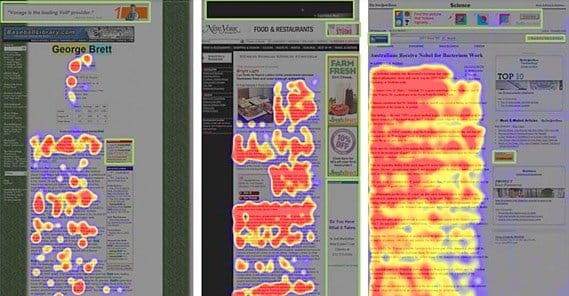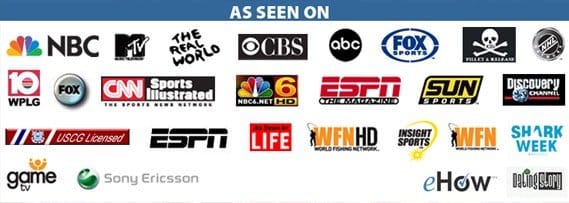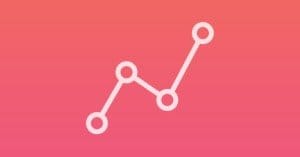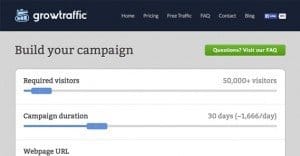The Ultimate Guide to Converting Paid Website Traffic
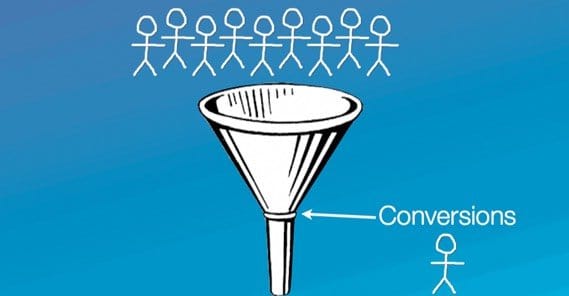
Paid traffic is a little different than organic web traffic. It has a few benefits, and a few drawbacks. Regardless of the type of traffic, though, you have one goal; to convert that traffic into paying customers. How can you do that?
The Benefits of Paid Traffic
There are a few benefits of paid traffic over organic traffic.
- You control the flow. When you want traffic, you open your pocketbook – or your Paypal account – and let it flow. When you find problems with it, you turn it off, so as not to waste money while you fix those problems.
- You control the landing page. Organic traffic finds your site through, well, pretty much any possible page. One user might have found you through a blog post about yellow teapots, while another might have found you through your contact page. With paid traffic, you know what page they’re finding first; one you perfectly control.
- You generally know the source. If you spend $10 on Facebook PPC traffic, you now that you’re getting thousands of users coming in from Facebook. You can even create a specific “coming from Facebook?” page for them. You can offer them Facebook-exclusive deals that aren’t even necessarily exclusive, but they don’t know that.
Of course, you gain these benefits by submitting yourself to the drawback of the cost. Paid traffic costs money, and you always run the risk of getting bad traffic, if you buy it from a bad source.
Different Kinds of Traffic
Paid traffic comes in a number of forms. Some of these are worthless for your site, while others are much more beneficial. It all depends on the types of people arriving at your site, and whether or not they’re real.
Real? Yes, a persistent problem with purchased traffic are the shady sellers who try to give you hundreds of thousands of hits for $5 or whatever. You get the traffic spike, but no conversions, because the traffic is coming from bots redirected through proxies or from hooligans in third world countries using their nickel as a week’s wage.
When you work your way up to legitimate traffic, you have traffic coming through various sources. You might have traffic coming in from Google AdWords, from Facebook PPC, from a third party traffic exchange, from a service you contracted to run advertising for you, and a host of other sources.
In general, the better targeted the traffic, the more likely those users are to convert. If you’re looking for a recommendation of the best traffic source, well, you won’t find one. You need to figure out where your users like to hang out, and find them there. You’ll get way more bang for your buck with paid advertising on, say, Pinterest, than you would on Google+, assuming your audience is mostly females with an interest in crafting.
Converting Paid Traffic
With paid traffic, you have a number of fixed variables. You know how many people, roughly, will be visiting your site. You know where they’ll be going – your landing page – and where they’re coming from. You even know generally who they are, particularly if you’re using Facebook’s PPC targeting and have a great grasp of demographics.
The first step is to make your landing page better. There’s a lot that goes into this. You need a good layout, like one that includes your branding, an explainer video, a simple opt-in form, some social proof and testimonials. Don’t forget to be informative!
Your landing page needs to be consistent with both your advertisement and your branding. Users want to have that passive assurance that you are who you say you are. This means featuring your logo and business name, similar colors and other indicators of branding.
You need to be clear, descriptive and accurate with your information. Try adding and removing information when you test variations of your landing page. Some users want more information, others want less, and it all comes down to your users and their preferences.
Limit yourself to one possible action. If you’re trying to get uses to download an ebook, don’t distract them with links to products or other pages. Do not confuse this with only using one CTA! You can have one conversion box above the fold and another some ways down the page, if you have that much space with that much content. Don’t be afraid to use more than one CTA box, as long as they perform the same action.
Boost Social Validation
I mentioned social validation once, but it comes up again because it’s so important. It also comes in many forms.
True social validation is validation that comes from actual social networks. Including a Facebook widget that shows when a user’s friends have purchased, for example, would be a true bit of social validation. It’s the most local social available, because it’s using a user’s friends against them.
Another level is the testimonial, and it’s common because it’s so easy to get. Ask your users to give you a bit of feedback and use the positive feedback as testimonials. This works at a low level just because it proves that other people have purchased and been satisfied by your product.
A step higher is the influencer social validation. This is where you get important industry personages or famous people to leave testimonials. For industry niche products, it can come from industry veterans. For generic products, it’s more of a celebrity endorsement.
The highest level is the logo validation; when you put logos of the companies you work with on your landing page. You see this a lot on large corporate landing pages, because it’s potent validation for businesses. If Sony uses this, it’s probably good enough for me.
Testing
The key to all of this, though, is testing. Every single aspect of your landing page, from the URL to the ads you run to the phrasing of your CTA, is open for testing. Create two versions of the page, run two identical ads, and funnel half of your traffic to each. Record which performs better.
When you know a change has a positive impact, you can then run that change on your entire page. At the same time, start testing another version of your landing page with a different change made. Keep this process up until you’ve achieved a 100% conversion rate.
 ContentPowered.com
ContentPowered.com
